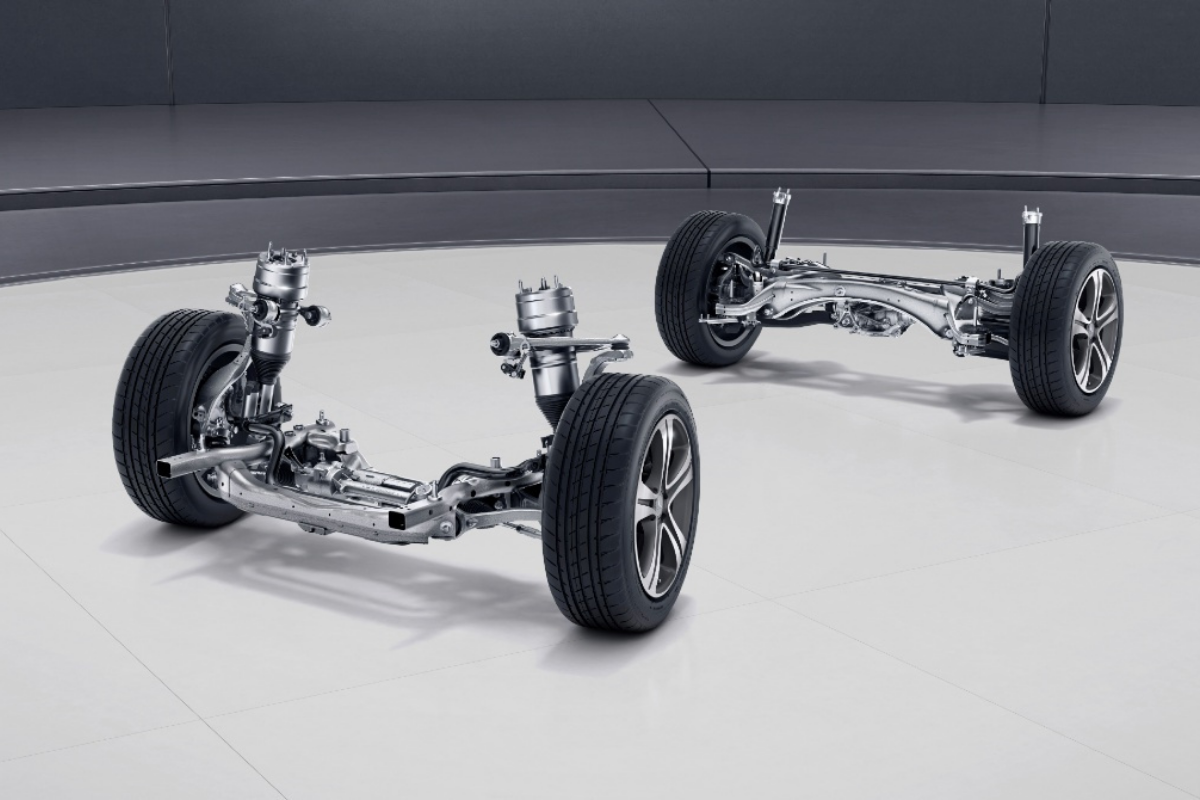This time of year isn’t fascinating for vehicle aficionados. Car shows aren’t held in the winter, and many people keep their vehicles in storage, so we see a lot of minivans and trucks. Is it safe to drive in the winter if you’re in bags? Is it possible to run with bags in the wintertime? What’s going to happen?
What is Air Suspension?

In an air suspension system, the air is pumped into flexible bellows generally constructed of textile-reinforced rubber by an electric pump or compressor. If you’re looking for a substitute for the leaf or coil spring system, Pro Car Mechanics presents an air suspension system of polyurethane and rubber. Compressors inflate the bags so they may bounce back to their original shape.
Larger vehicles, such as trucks, tractor-trailers, passenger buses, and even passenger trains may be equipped with air suspension instead of a typical steel spring suspension. While air suspension is often provided with a smooth and consistent driving experience, other cars also include an air suspension system. Low-riding vehicles like this 1982 Dodge D200 Camper Special are becoming popular with air suspension.
Shop All Air Suspension Tools Here
Pros and Cons of Air Suspension

Advantage
1. Comfort
Off-road air suspension may help you maintain better control and provide a more pleasant ride on less-than-ideal surfaces. Passengers benefit from a safer ride since airbags, rather than springs, are used above the wheels. Air suspension automobiles provide a more comfortable ride, ideal for regular use.
2. Reduced noise and vibration
Due to decreased harshness and vibration, air-suspended vehicles have more minor wear and tear on the suspension system and vehicle components, especially heavy-duty driving. Your car will be able to glide over potholes, uneven terrain, and speed bumps on the road, thanks to air suspension.
3. Versatility on the road
The ride and handling characteristics of a vehicle may be customized by the driver via an air spring system. No matter what road conditions are encountered, a driver who has the option of selecting between a more challenging or softer drive will have more control over their vehicle. You can go faster around curves and maintain better control with air suspension.
4. Versatility on load
Air suspension reduces body roll and maintains ride quality by distributing the load evenly across all four wheels. The ‘kneel,’ and ‘lift’ capabilities make loading easy from the start, allowing for more efficient use of space. Additionally, heavier cars can tow more effectively because of the superior control provided by the increased stiffness.
5. Fuel economy
Vehicles using air suspension are more fuel-efficient and aerodynamic since they can be adapted to the driving conditions. Reduced wind resistance and improved aerodynamics may be achieved by lowering the vehicle’s ride height while traveling on the highway. Higher cornering speeds and time savings may be achieved with improved control and better-suited suspensions for a given road surface.
Disadvantage
1. Cost
It is more expensive to purchase an air spring system than a traditional spring suspension system. Only high-end vehicles often come with air springs as standard equipment. Installation costs may be mitigated by the increased resale value of automobiles with a steel spring suspension.
2. Maintenance
In the short term, air suspension automobiles are dependable, but they may need more regular maintenance in the long run. If your suspension is damaged, your vehicle will lean to one side while you’re driving, so you have no choice but to fix it. You can save money by using a regular steel spring instead of an air spring, but you’ll miss the benefits of air suspension cars.
3. Mechanical issues
In addition to corrosion and moisture damage, air suspension systems are susceptible to damage inside and outside the vehicle. Air spring leaks are also prevalent, and they may cause a compressor to fail. Air suspension systems are also susceptible to mechanical problems, such as the failure of the air fitting or tubing connected to the air system.
How Does it Work?

A pressure-based approach was the norm for air suspension kits until recently. As a result, if you want to tweak the ride height, you’ll need to fiddle with the PSI in each bag. For that stance look, last year’s bashed Focus ST was presumably on-air, and the struts were under much strain.
The PSI in each bag is controlled by a controller in pressure-based systems. Your car’s height relative to the ground is taken into account by a height-based system like Air Lift Performance 3H. Inflating or deflating individual bags is accomplished using the valve manifold and airlines to regulate the air pressure supplied by the compressor to the air struts or bags.
Air Suspension vs. Winter

Air suspension may be used in the winter, despite some critics’ claims. Airlines and compressors freeze up the most often encountered problems for flying travelers. Even if you live in an area that sees a lot of snow or freezes often in the winter, it’s a possibility if you’re ready to deal with the inconvenience.
The compressor is a car’s air conditioning that may freeze and fracture in freezing weather. This may happen if you don’t check and empty your water trap regularly to keep it from freezing within your air tank. Install the compressor inside the vehicle, ideally benefiting from the warm air generated when the car starts in the morning.
In a nutshell

If you take the proper measures and keep up with routine maintenance, running airbags in the winter can be a lot of fun. Should you use airbags in the winter?




